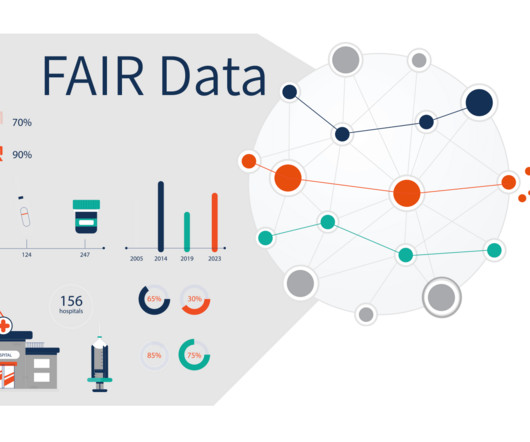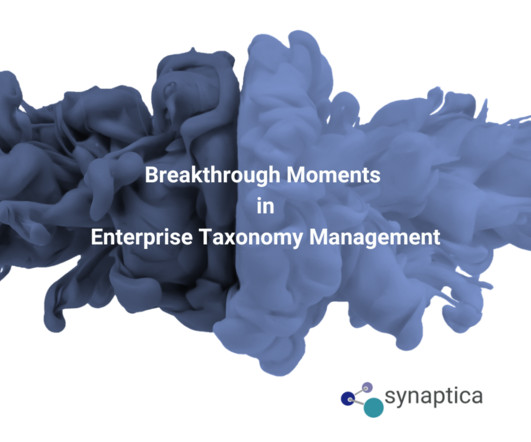Building a Semantic Capability Stack to Support FAIR Knowledge Graphs at Scale
Ontotext
FEBRUARY 7, 2024
These include ETL processes, searching, accessing, data cleansing, data creation, semantic data integration , and the IT infrastructure to support it. These include ETL processes, searching, accessing, data cleansing, data creation, semantic data integration , and the IT infrastructure to support it. But that’s not true.













Let's personalize your content